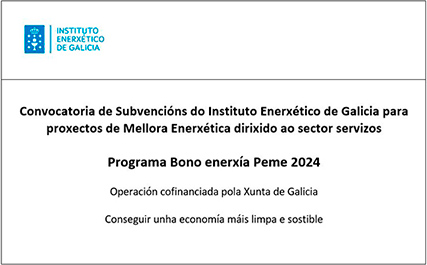It can be calculated on a per-unit basis, or as a ratio, often expressed as a percentage. This margin is a critical financial measure for businesses as it helps management make decisions regarding pricing, product mix, and resource allocation based on numbers. A higher unit contribution margin indicates that a product is more profitable and contributes more towards covering fixed costs and generating profits. Conversely, a lower margin may signal the need to review costs, pricing strategies, or product offerings to improve profitability. Other reasons include being a leader in the use of innovation and improving efficiencies.
Formula
Management should also use different variations of the CM formula to analyze departments and product lines on a trending basis like the following. A price change is an easy way to improve the margin but the business needs to evaluate whether the customer is willing to pay more for the product. The contribution margin is given as a currency, while the ratio is presented as a percentage. For instance, in Year 0, we use the following formula to arrive at a contribution margin of $60.00 per unit. If the contribution margin is too low, the current price point may need to be reconsidered. In such cases, the price of the product should be adjusted for the offering to be economically viable.
- Variable costs are those costs that change as and when there is a change in the sale.
- Knowing how to calculate contribution margin allows us to move on to calculating the contribution margin ratio.
- Yes, it means there is more money left over after paying variable costs for paying fixed costs and eventually contributing to profits.
- It means there’s more money for covering fixed costs and contributing to profit.
- This metric is typically used to calculate the break even point of a production process and set the pricing of a product.
Next, the CM ratio can be calculated by dividing the amount from the prior step by the price per unit. The greater the contribution margin (CM) of each product, the more profitable the company is going to be, with more cash available to meet other expenses — all else being equal. The best contribution margin is 100%, so the closer the contribution margin is to 100%, the better. The higher the number, the better a company is at covering its overhead costs with money on hand.
Is a high contribution margin ratio good?
Sign up for a free trial of Deputy and see how you can easily work out your labor costs, decide whether these costs are fixed or variable, and easily schedule your staff. Operational efficiencies require a real focus on understanding all of the elements that go into producing the product and how to make improvements. This could be through technology, increasing capacity or purchasing more productive equipment.
It also helps management understand which products and operations are profitable and which lines or departments need to be discontinued or closed. Overall, per unit contribution margin provides valuable information when used with other parameters in making major business decisions. On the other hand, variable costs are costs that depend on the amount of goods and services a business produces.
Total Contribution Margin
It’s important to note that contribution margin is different from gross margin. While the former considers only variable costs, the latter takes into account both variable and fixed costs. The overarching objective of calculating the contribution margin is to figure out how to improve operating efficiency by lowering each product’s variable costs, which collectively contributes to higher profitability.
In these examples, the contribution margin per unit was calculated in dollars per unit, but another way to calculate contribution margin is as a ratio (percentage). The contribution margin understanding the importance of technical excellence in enterprise agility can be calculated by subtracting variable costs from sales revenue or by dividing the contribution margin per unit by the selling price per unit. By analyzing the unit contribution margin of different products or units, companies can identify their most profitable offerings and allocate resources accordingly.
In the dynamic world of business, understanding key financial indicators is essential for effective decision-making. This financial concept plays an indispensable role in determining the profitability of individual items sold by a company and informs critical decisions about pricing, production quantities, and product lineups. The contribution margin is affected by the variable costs of producing a product and the product’s selling price. Yes, it means there is more money left over after paying variable costs for paying fixed costs and eventually contributing to profits. Contribution margin is the remaining earnings that have not been taken up by variable costs and that can be used to cover fixed costs.
The 60% CM ratio implies the contribution margin for each dollar of revenue generated is $0.60. Another common example of a fixed cost is the rent paid for a business space. A store owner will pay a fixed monthly cost for the store space regardless of how many goods are sold.
The contribution margin is the foundation for break-even analysis used in the overall cost and sales price planning for products. The contribution margin income statement separates the fixed and variables costs on the bookkeeping services boston face of the income statement. Variable expenses can be compared year over year to establish a trend and show how profits are affected. The contribution margin represents how much revenue remains after all variable costs have been paid.

